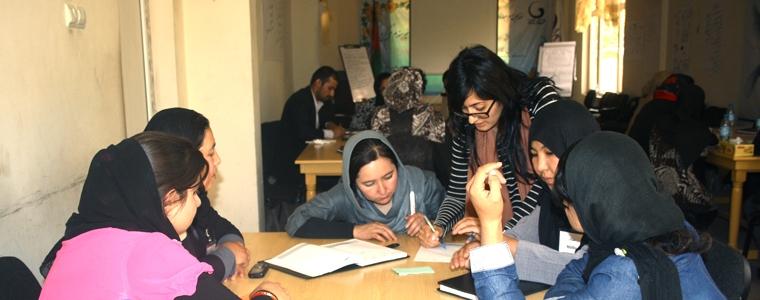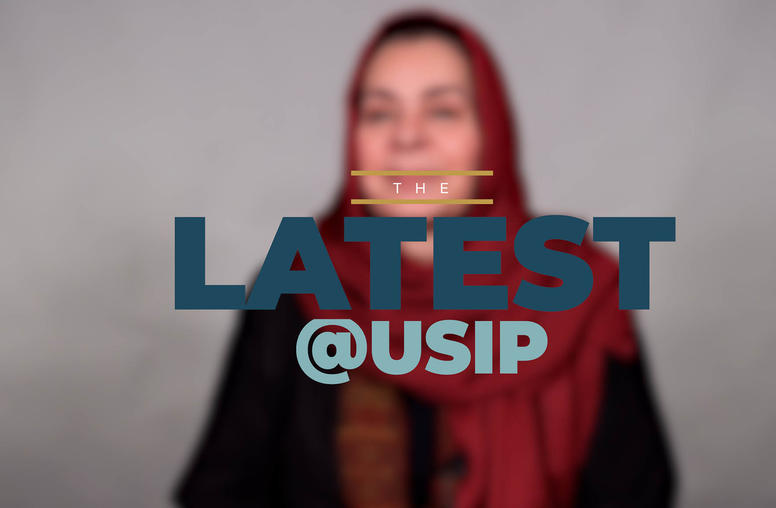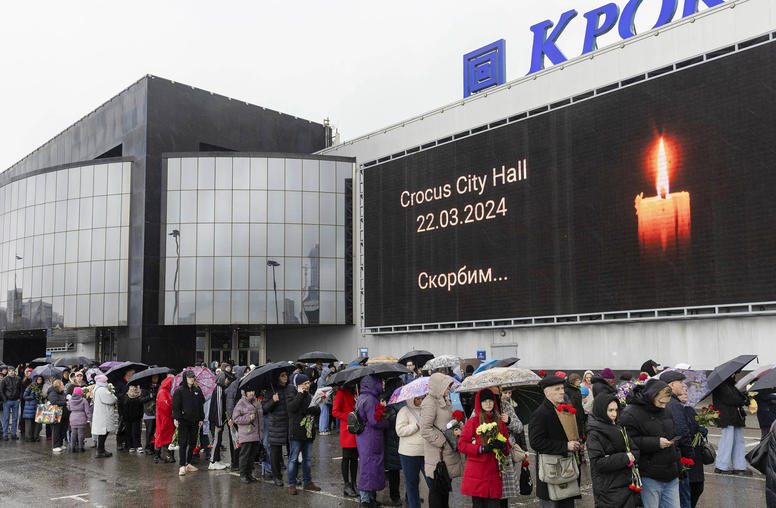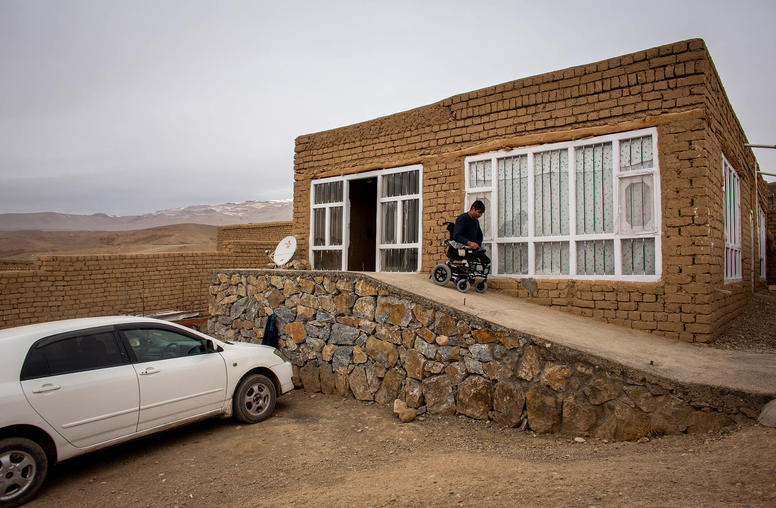Welcome to Afghanistan’s Peace College
Can you teach your way out of a war?

For the students of Gawharshad, “Peacebuilding and Conflict Resolution” has now become a mandatory two-credit course, stamped in May with the seal of approval from the Ministry of Higher Education. If education is meant to prepare students for the world they’re going to live in, the thinking goes, then young Afghan scholars might require something different than what undergrads in Europe or the United States need to meet the demands of daily life. Gawharshad isn’t the first school to institute a peace and conflict studies curriculum — there have been similar efforts at the elementary and high school levels — but it is the first to have earned an official signoff at the higher education level. And if it shows promise, it might become a model for more universities across the country.
The school’s conflict resolution course is a response to the most pervasive kinds of violence throughout the country. Though targeted militant attacks in Afghanistan generate the most attention, issues such as disputes over land rights have reliably, and overwhelmingly, been a greater source of conflict. A 2008 Oxfam report, for example, found that disputes over land, water, and between families were far and away the leading causes of community conflict — and the problem has only gotten worse in recent years. A May report from the U.S. Institute of Peace (where we work) found that less than 20 percent of land was properly titled, and displacement, resettlement, and rising property prices have only made the situation more confused. Because both formal channels, such as government courts, and informal local councils lack the power to enforce decisions, the problems often escalate into violence.
Which is where Gawharshad’s program comes in.
Students in the school’s new program — who are also studying law, psychology, political science, and international relations — are taught how to analyze a conflict and the mechanisms for reconciliation, drawing on case studies from countries such as South Africa and Northern Ireland. But the course goes beyond the theoretical — it also provides its students with tangible skills, such as negotiation and mediation tactics, which they can use to find nonviolent solutions to localized problems in their community. Longer term, the idea is that these skills would be valuable whether students find themselves working at the grass-roots level or within the unity government to help resolve broader national conflicts.
In a sense, the program seeks to create a homegrown force that could take on the less sexy work of negotiating the mundane but important disputes that could tip the country towards a more or less peaceful future by providing people with techniques for de-escalating conflict before it explodes into violence. Significantly, similar programs have worked in the past. A 2012 evaluation of a program that provided peace education in rural Liberia, conducted by Yale University and Innovations for Poverty Action, a nonprofit organization, found evidence that communities where conflict resolution skills were taught to groups of citizens experience “a decrease in violent disputes … lower rates of violence … and increased rates of dispute resolution and of satisfaction with those resolutions.”
The question of what role this kind of program might play in Afghanistan, however, has become increasingly pressing as the government of newly elected President Ashraf Ghani decides the course of the country’s path to peace.
During more than 30 years of war, the country’s educational institutions, including once-respected universities, were devastated as faculty and staff fled to take positions abroad and professional development lagged for those who stayed behind. Curricula, too, became outdated. The students’ response to the question of whether they would take revenge illustrates that Afghan youth continue to struggle with a perceived lack of options for responding to the violence that has surrounded them for as long as they can remember.
The country’s education system, however, has become one of the bright spots amid the continuing turmoil since the U.S. invasion that toppled the Taliban in 2001. Before the fall of the Taliban in 2001, girls studied in secret schools, and fewer than 1 million boys were in school in 2002, according to figures from the U.S. Agency for International Development. Now, more than 8 million students are enrolled; higher education enrollment alone has increased to 123,000 in 2013, from 7,800 in 2001, according to USAID. In 2009, the Afghan Ministry of Higher Education rolled out a national plan that underscored the need for improvement and reform in areas and skills that it decided graduates needed to contribute to for Afghanistan’s overall development — professions such as business, medicine, and computer science.
That plan, however, is overdue for review. Farida Momand, Ghani’s new minister of higher education, taught at Kabul Medical University and has a solid understanding of the education sector. Whatever replaces the current plan can, and should, include peace and conflict resolution courses as a mandatory component of the national curriculum.
To be sure, measures of impact of training programs in peace and conflict resolution are often qualitative in nature, and it can take several years to observe a pattern of increased nonviolent approaches to conflict resolution. But evidence is growing that this field of study is no longer a soft and fuzzy field; rather, exposing conflict-ridden communities to specific skills training can make a profound difference in shifting those societies from a violent approach to resolving disputes using nonviolent techniques. Currently, their potential is being explored at different educational levels in places such as Palestine, Nigeria, and the Balkans.
By equipping young college graduates with practical life skills such as problem solving, negotiation, and conflict analysis, they not only will be better prepared to enter the work force with sought-after capabilities, but they also will be able to demonstrate behaviors that can contribute to durable peace in their communities and country. The Gawharshad base line survey turned up another result that might be counterintuitive under the current conditions in Afghanistan: 91 percent of students responding believe their country will be peaceful in the future.
Reposted with permission from ForeignPolicy.com, Source: “Welcome to Afghanistan’s Peace College"



